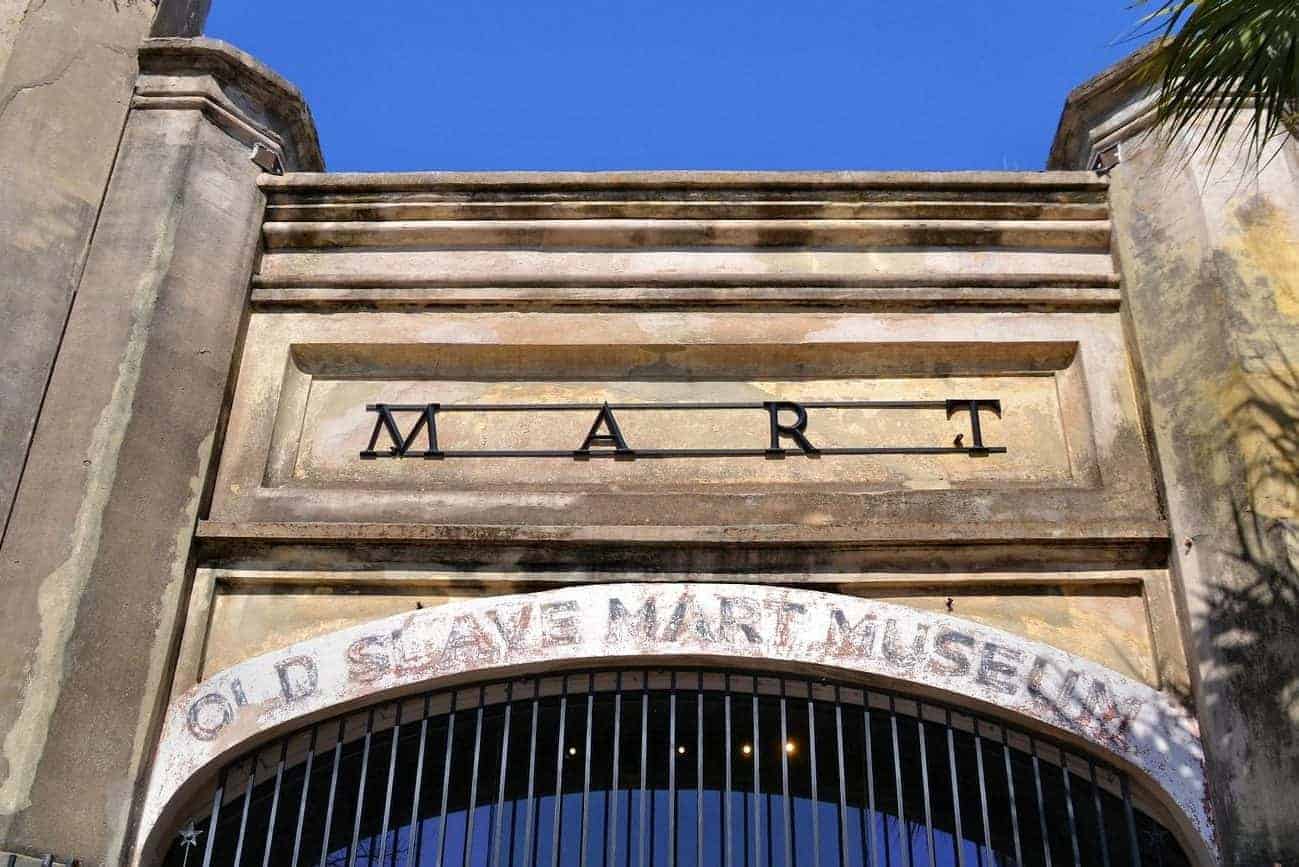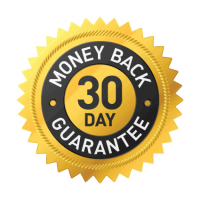
Charleston TourPass
Just show your pass! Pay $0 with a TourPass
The Old Slave Mart Museum, located at 6 Chalmers St., recounts the story of Charleston’s role in this inter-state slave trade by focusing on the history of this particular building and site and the slave sales that occurred here.
History of The Old Slave Mart
The 1808 ban on the United States’ participation in the international slave trade led to a renewed demand for slave labor, which was satisfied, in part, by the creation of a domestic slave-trading system in which Charleston functioned as a major slave collecting and reselling center. The Old Slave Mart Museum, located at 6 Chalmers St., recounts the story of Charleston’s role in this inter-state slave trade by focusing on the history of this particular building and site and the slave sales that occurred here. In the seven decades between the drafting of the U.S. Constitution and the Civil War, more than one million American-born slaves were sold away from plantations in the upper South to work the rapidly expanding cotton and sugar plantations in the lower South.
In Charleston, enslaved African Americans were customarily sold on the north side of the Old Exchange Building. An 1856 city ordinance prohibited this practice of public sales, resulting in the opening of the Old Slave Mart and a number of other sales rooms, yards, or marts along Chalmers, State and Queen Streets. Other Uses Possibly the only known building used as a slave auction gallery in South Carolina still in existence, the Old Slave Mart was once part of a complex of buildings known as Ryan’s Mart that occupied the land between Chalmers and Queen Streets. The complex consisted of a yard enclosed by a brick wall and contained three additional buildings: a four-story brick building partially containing a “barracoon,” or slave jail, a kitchen, and a “dead house,” or morgue. More Recently
Slave auctions at the Old Slave Mart ended in November 1863. The property changed hands many times after the Civil War, and between 1878 and 1937 the building was used as a Negro tenement and as an auto repair shop. In 1938 Miriam B. Wilson purchased the building, which by then, had come to be known locally as the Old Slave Mart, and established a museum featuring African and African-American arts and crafts.
Judith Wragg Chase and Louise Wragg Graves took over the Old Slave Mart in 1964, placed it on the National Register of Historic Places in 1973 and operated it until its closure in 1987. Recognizing the significant importance the institution of slavery has had in Charleston’s history, the City of Charleston acquired the property in 1988.
Metered street parking is limited.
Nearest Parking Garage: 25 Prioleau Street, Charleston SC.
Free DASH Trolley: Green Line (Route 211): Get off at Broad & Church Streets.
See map below for address
The Tour Pass for Charleston was so easy to use to get into all the attractions on the list and customer service was quick to respond and very kind. I would definitely purchase again!
I was so happy with this package/ I was informing all the Uber Drivers so they could tell people about it! Not many people we ran into knew about this deal. Check it out- we did so many things - tours, horse drawn tours- boat tours- multiple entrances to wonderful historical places. Definite win!
We purchased the 2 day tour for Charleston and were so glad we did! The 3 premium tours we picked were excellent and we had fun adding the standard tours where we could fit them in. An excellent value. I would highly recommend it.
I was just scrolling on facebook when an add jumped out at me. I was planning a trip to Savannah and trying to figure out what all to do while my family was there. TourPass was a great find because you pay one time and can do multiple things in a day. They have so many options and many of them are must see/do tours so it worked out great. We really enjoyed all the tours we booked through TourPass and the app was very easy to use. I would definitely recommend using it if you’re traveling to any of the cities there are in.
We did three tours, the hop on hop off trolley tour, the guided riverboat ride and the haunted pub crawl. All were easy to find, had great narrators/tour guides and were just a lot of fun. We will definitely return soon!
The horse drawn carriage tour of Charleston was a fantastic experience, our guide Ian along with his sidekick Chester did a wonderful job! We would highly suggest this tour!!
The kayaking experience was a different in that there was not a calming experience through the Marina, you had to jockey around boats and fisherman lines heading out into open water, it was quite busy with both of those issues. This tour was okay.
Great way to see the town! One pass with sooo many options. We went on our favorite tour with this pass. Savannah Port Tour! We got to see so much in a day. Easy to use as well. We had no problems checking into any tour or house. Another good thing about the pass…. Not sure we would have known about all these options without the pass! Many thanks!
I purchased the Tour Pass for two people for 2 days. We started early each day and tried to experience as many opportunities as we could. Using it was super easy and we saved money over the individual admission prices. I highly recommend!
This pass was great. I was able to take multiple tours and they were all included in the price. I will defiantly use this option again when traveling.
We got the 4 day pass and spent 1 full week in Charelston. We scheduled 4 featured tours for each night/day and filled in the rest of the time with the amazing standard tours. It made our stay a great time. I recommend this pass.
We live in Jacksonville and regularly in St. Augustine for day trips or long weekends. Tour Pass was fantastic to use during a recent long weekend visit. We booked the two-day pass to take advantage of our favorite attractions with the added benefit of trying some new things we had not visited in the MANY trips to the Old City. Unfortunately, a hurricane forced the closure of many attractions in the middle of the day on Day 2 but an email to Tour Pass was quickly responded to and offered a great solution. We loved the opportunity to revisit some attractions we had seen before and were excited to experience some for the first time. We could squeeze in quite a few in the one and a half days . We were looking forward to using Tour Pass on our next visit to Savannah!
The tour pass was awesome! We had so much to do and it was very easy and convenient to use. Definitely worth purchasing. You really end up saving money. I wish they would have more than three days max. I would definitely purchase more days. It was a wonderful trip!
Tour guide was very knowledgeable! Pass was a great savings and allowed us to do a lot more things.
Tour Pass was very convenient. Places had my name when I arrived. Didn't have to buy tickets
Just showed my passed and I was in. Got alot for the money. I bought 3 day pass. Used it those 3 days in Charleston.
Me and my besties took advantage of the one day pass! Wow did we get our money’s worth! We didn’t get to do everything, but out of the stops we did visit, really worth the price!! I def recommend! Probs would do it again too!! Ha! Loved it, and such a great time visiting St. Auggie! ;)

Pass purchases can be refunded (minus 3% credit card processing fees) if requested within thirty-days of purchase date (for unused passes). Optional Trip Insurance can be purchased for a nominal fee at checkout which extends the refund period up to one-year from purchase date. Conditions apply. View full refund policy by clicking button below.